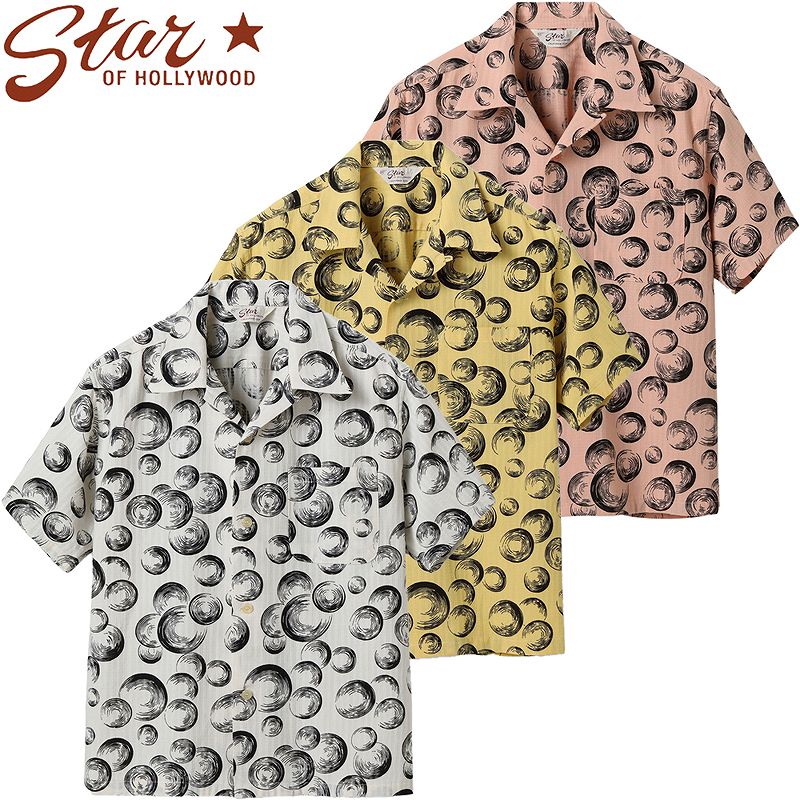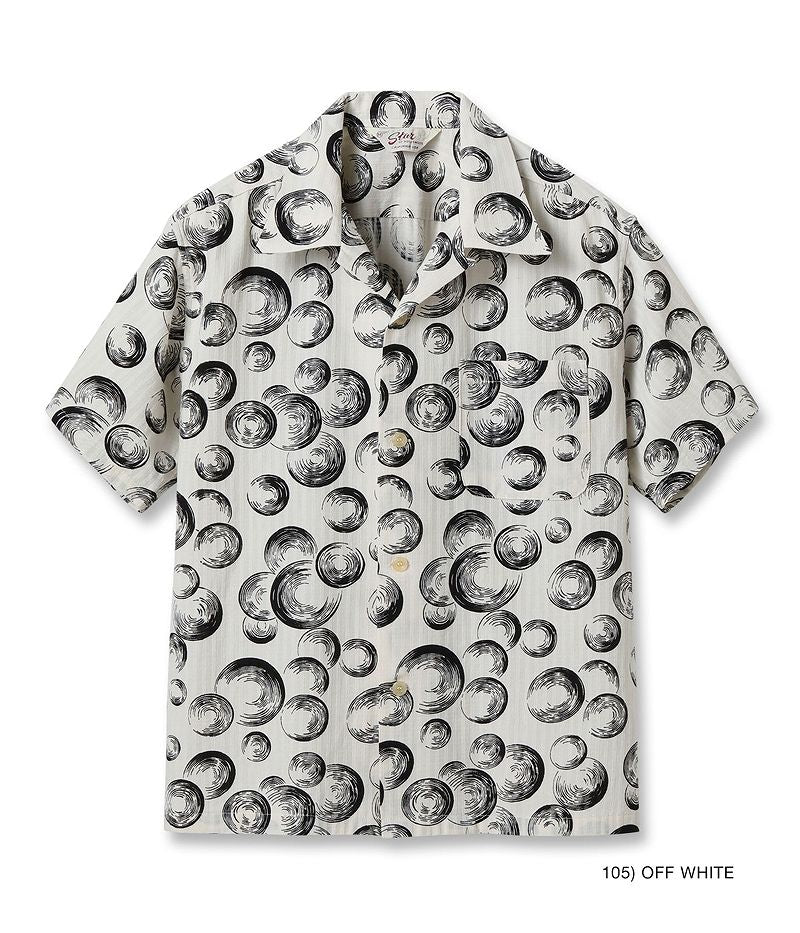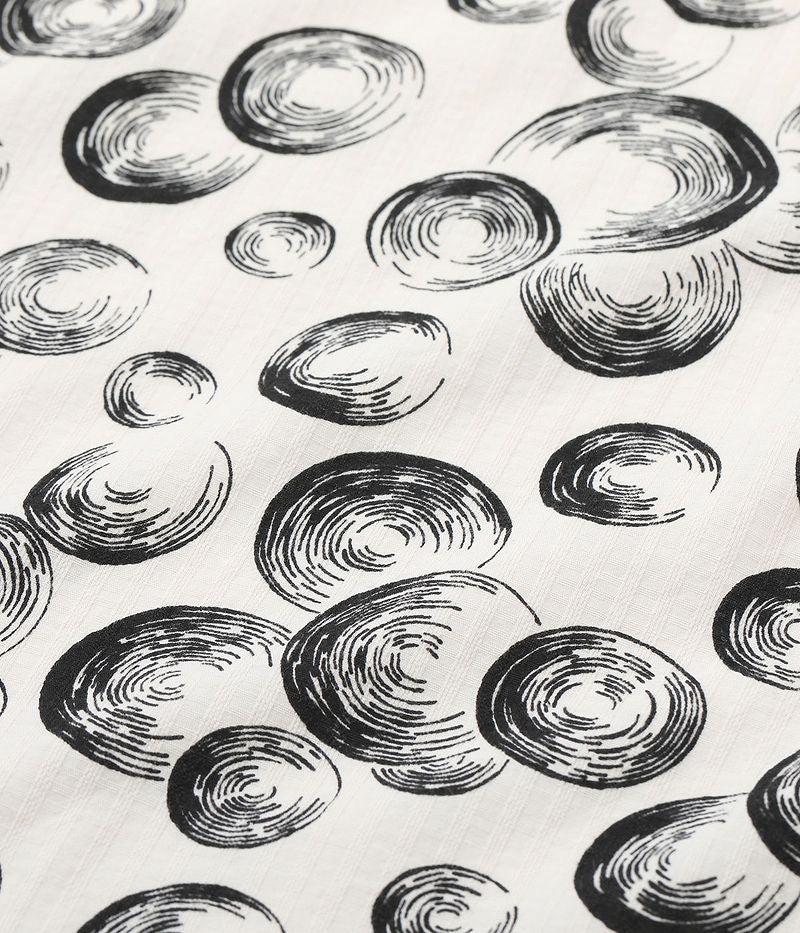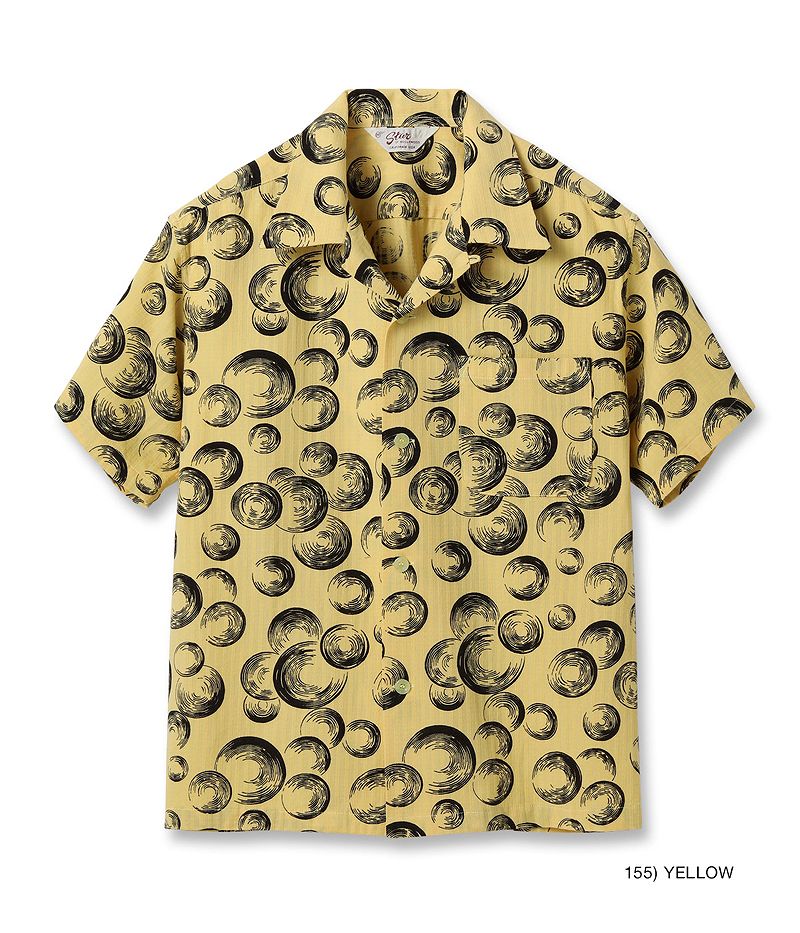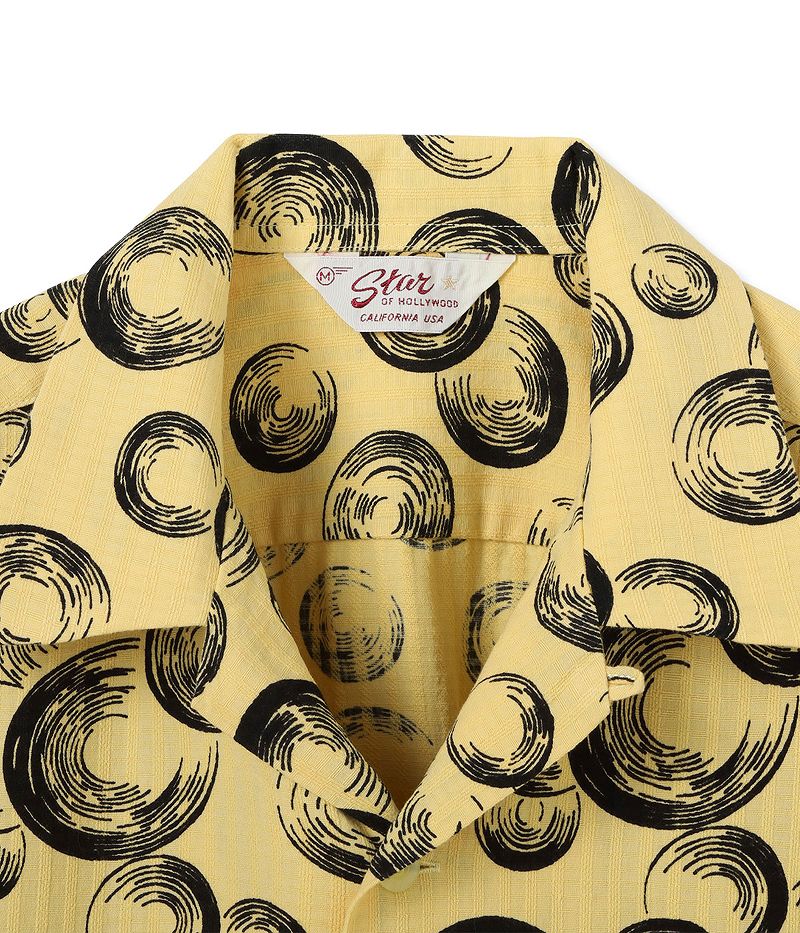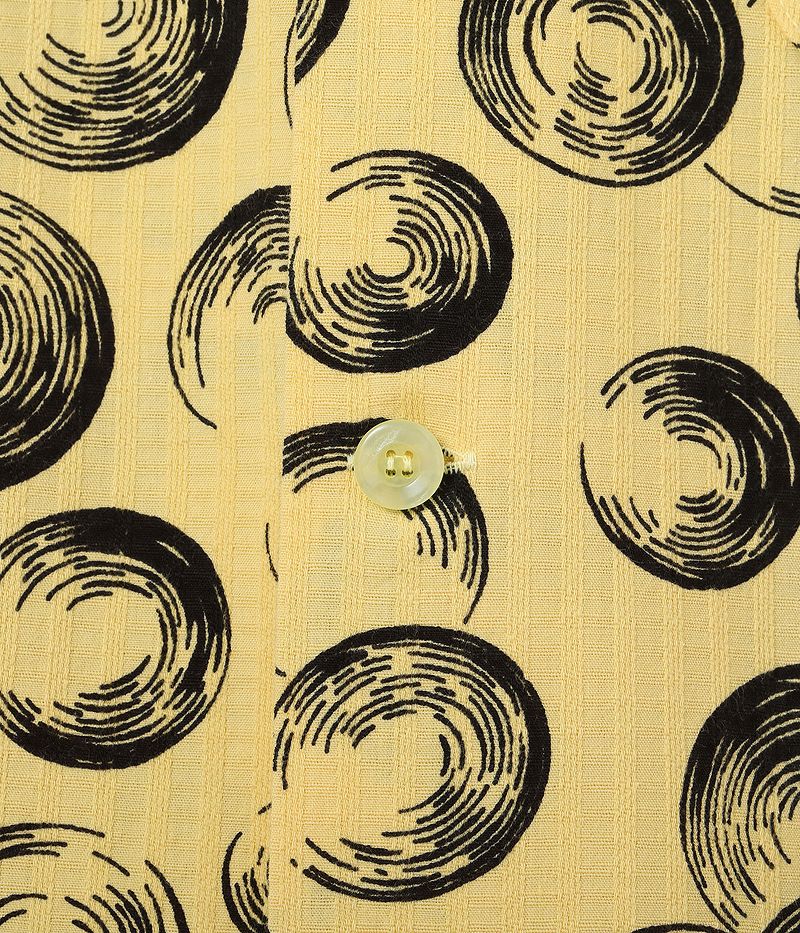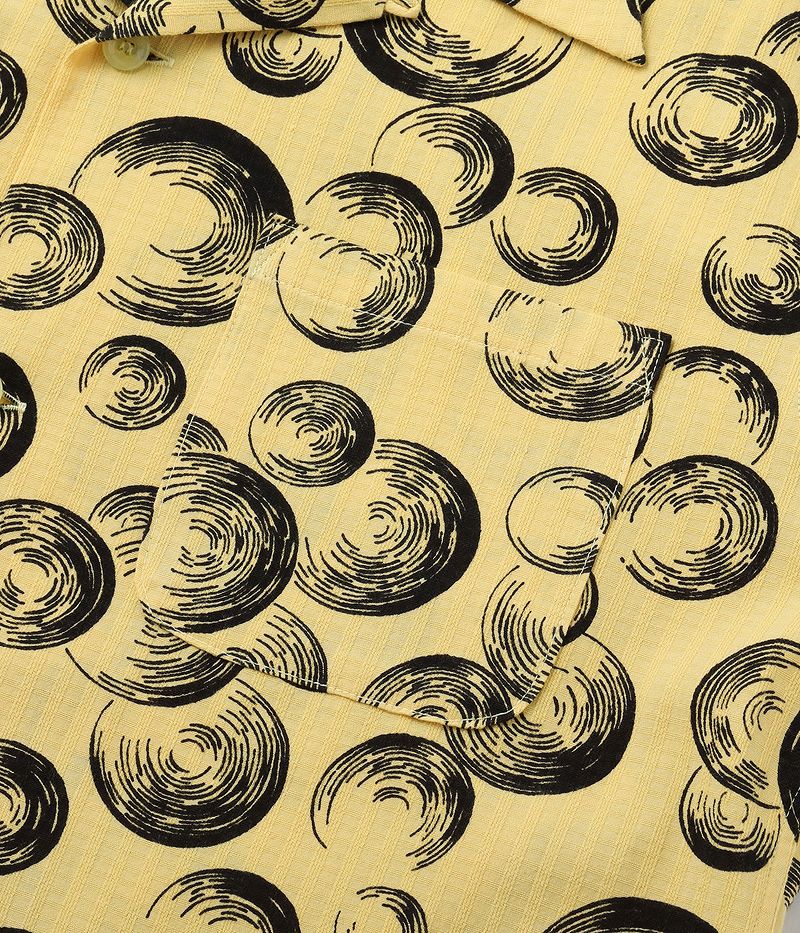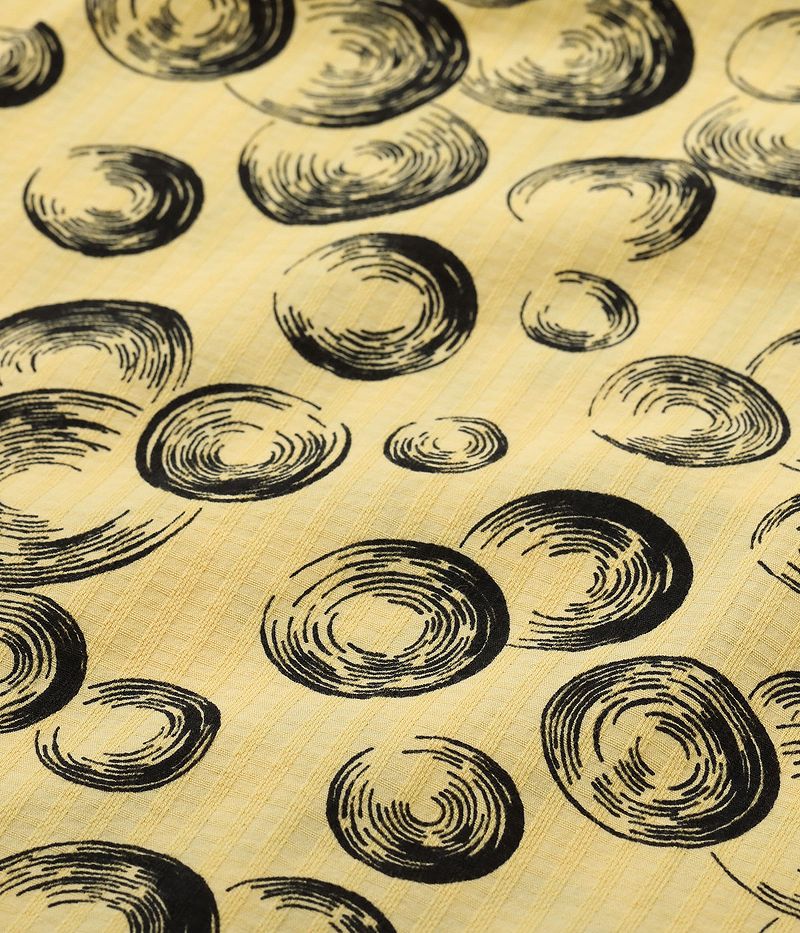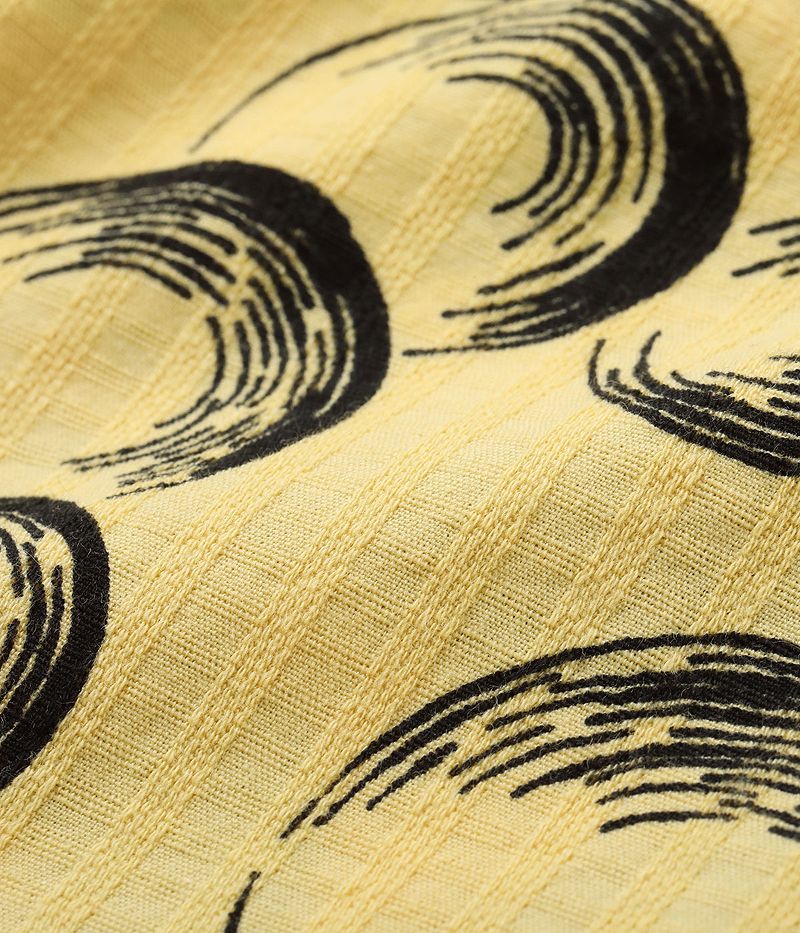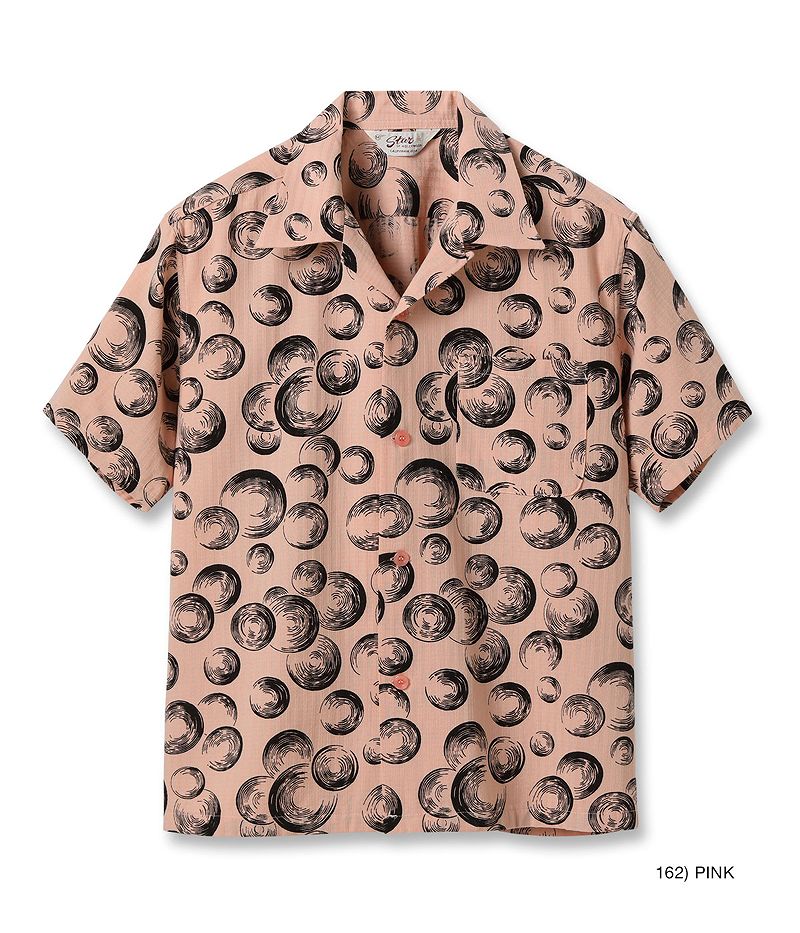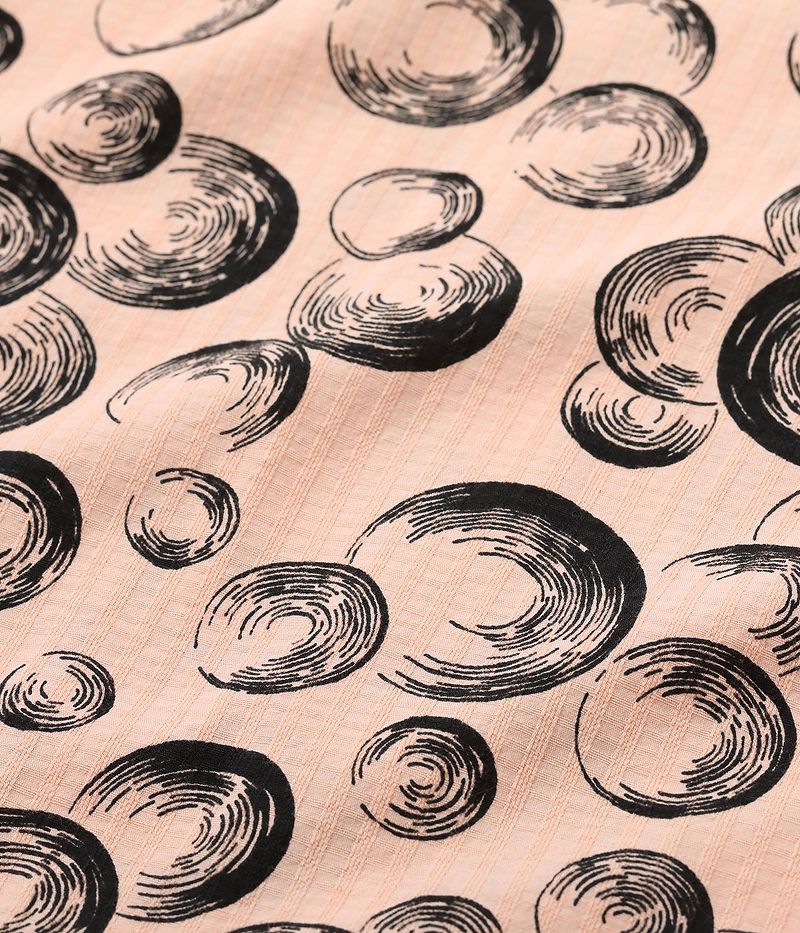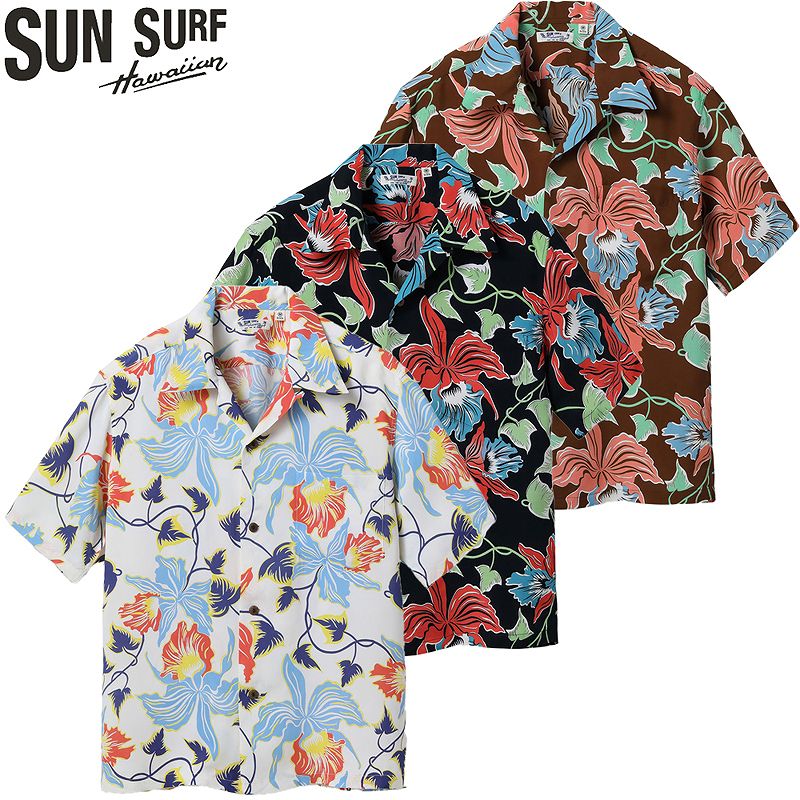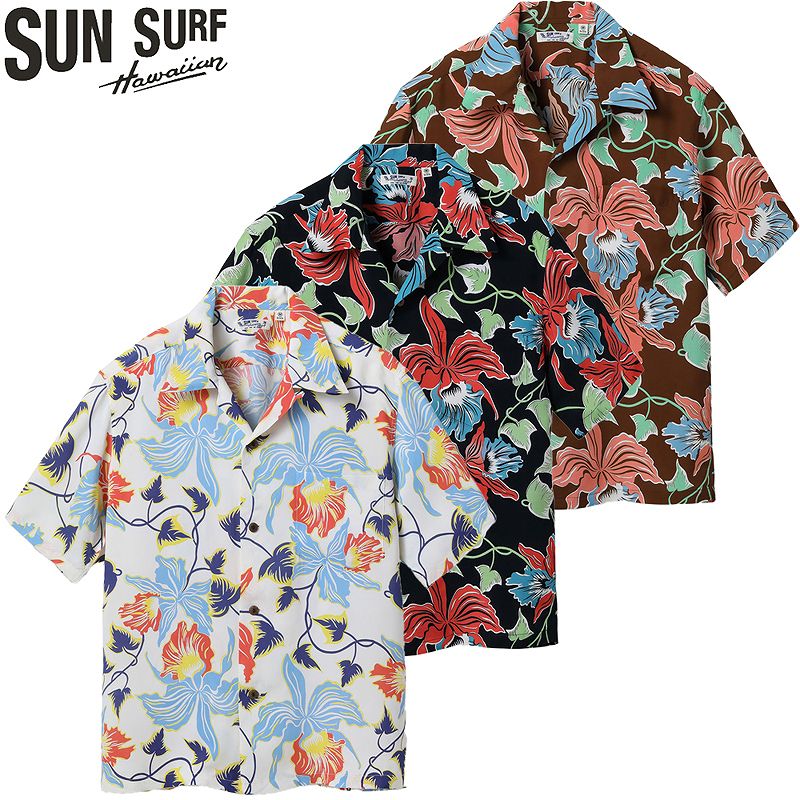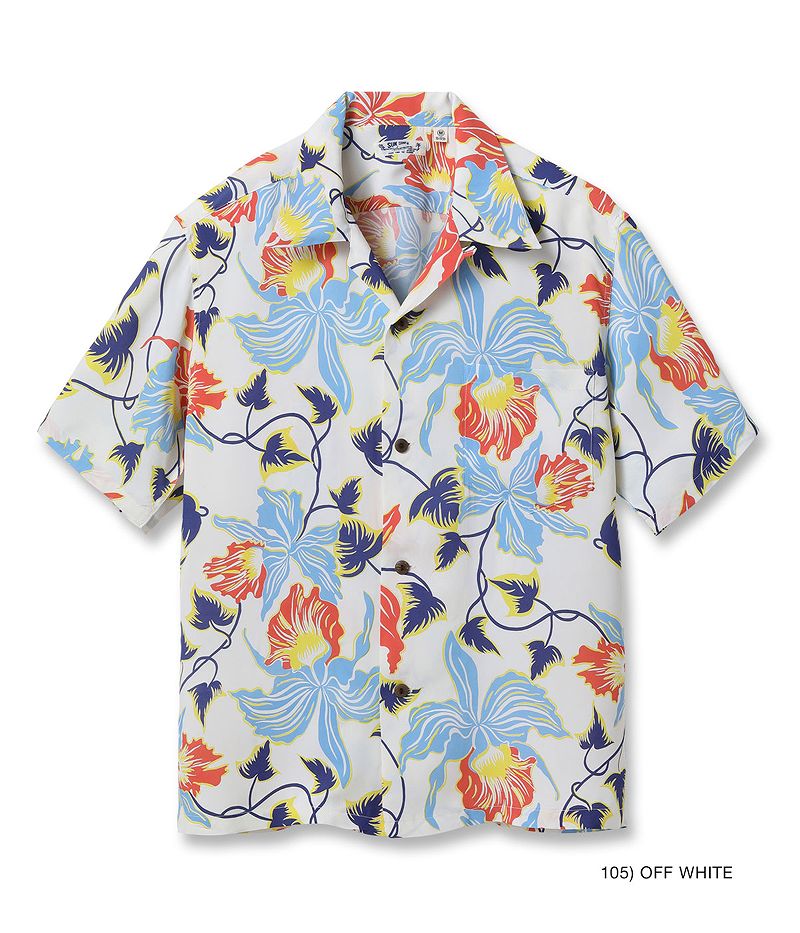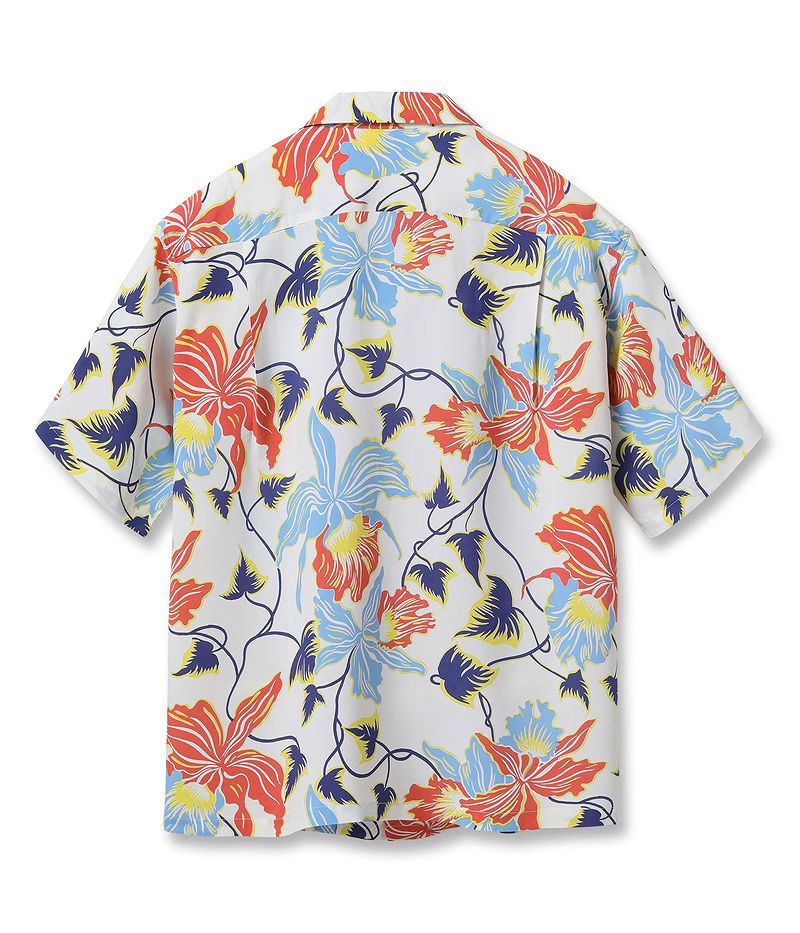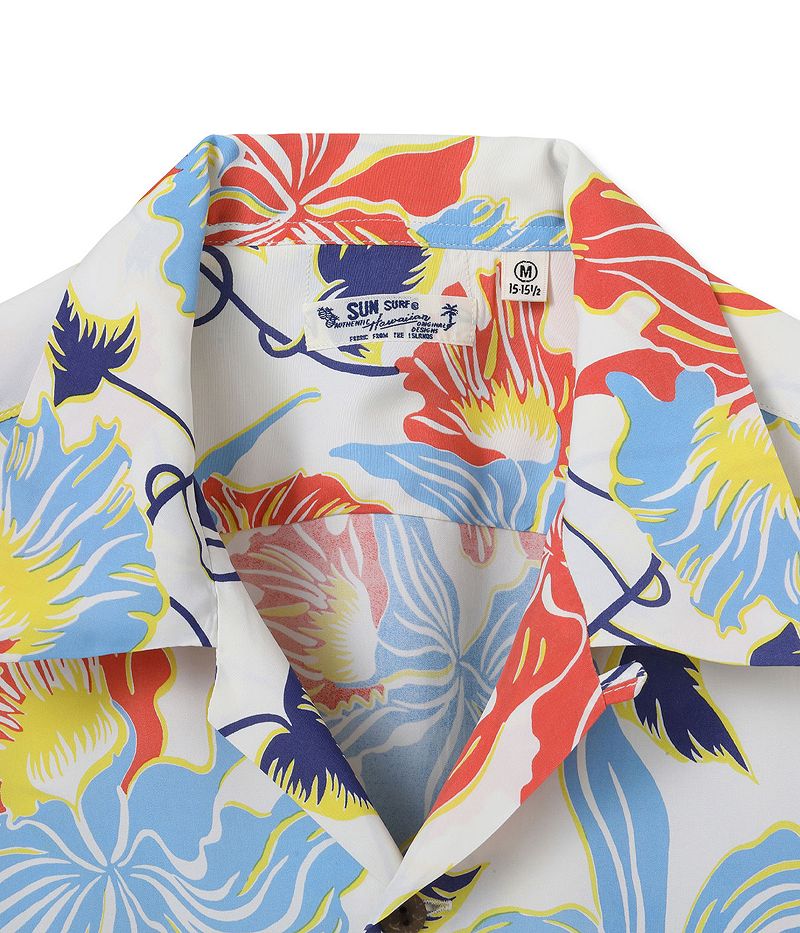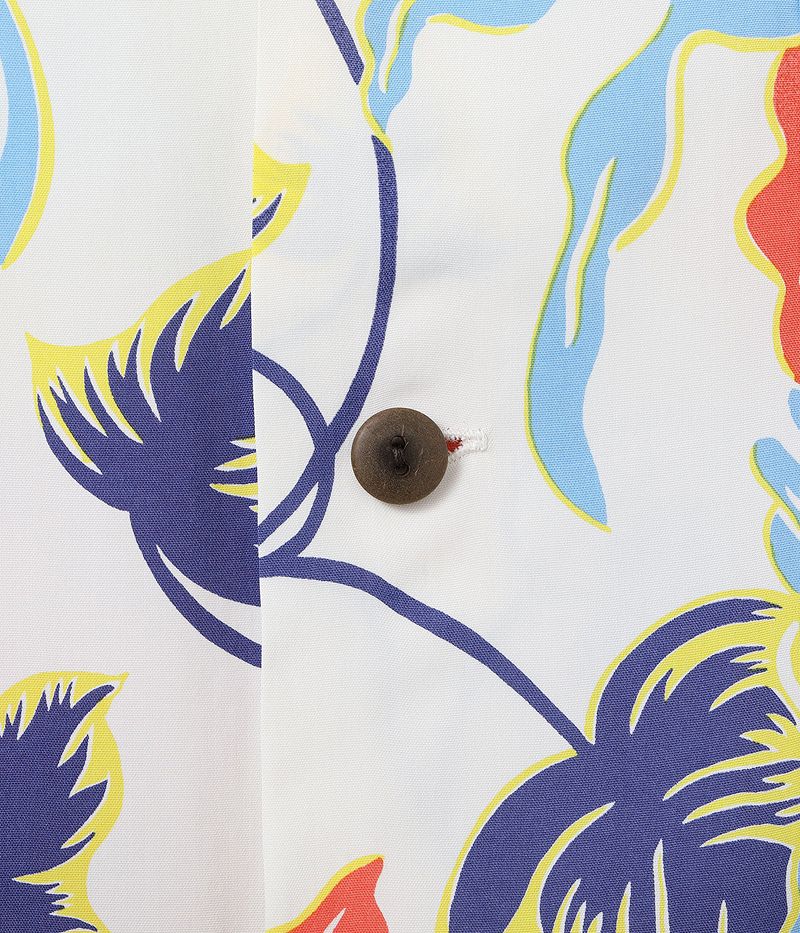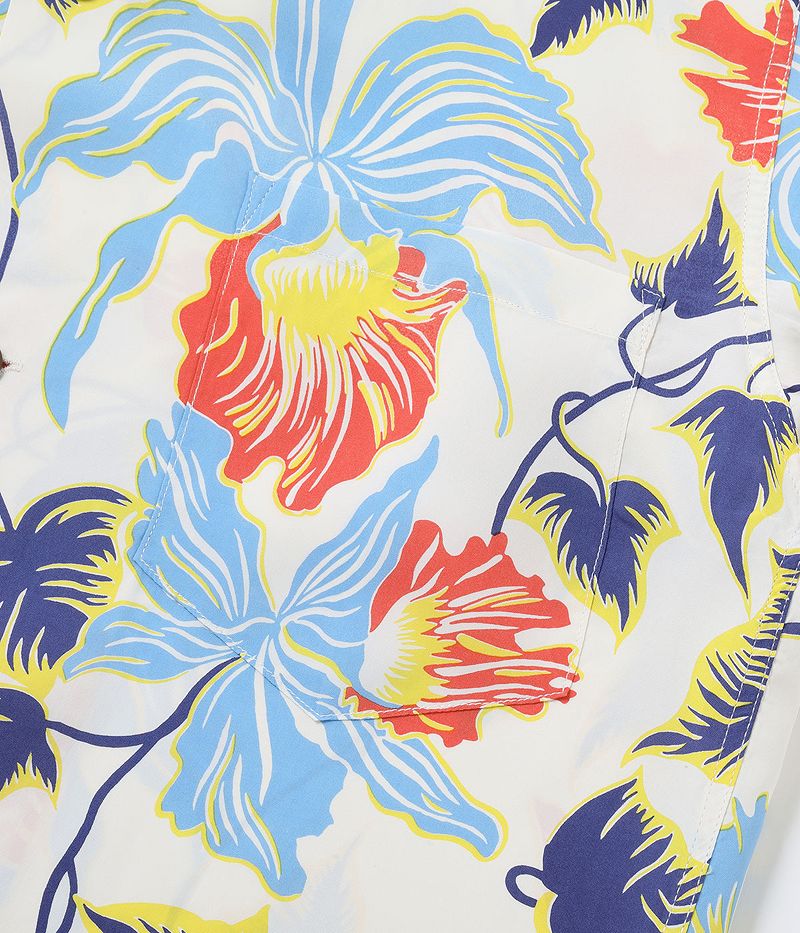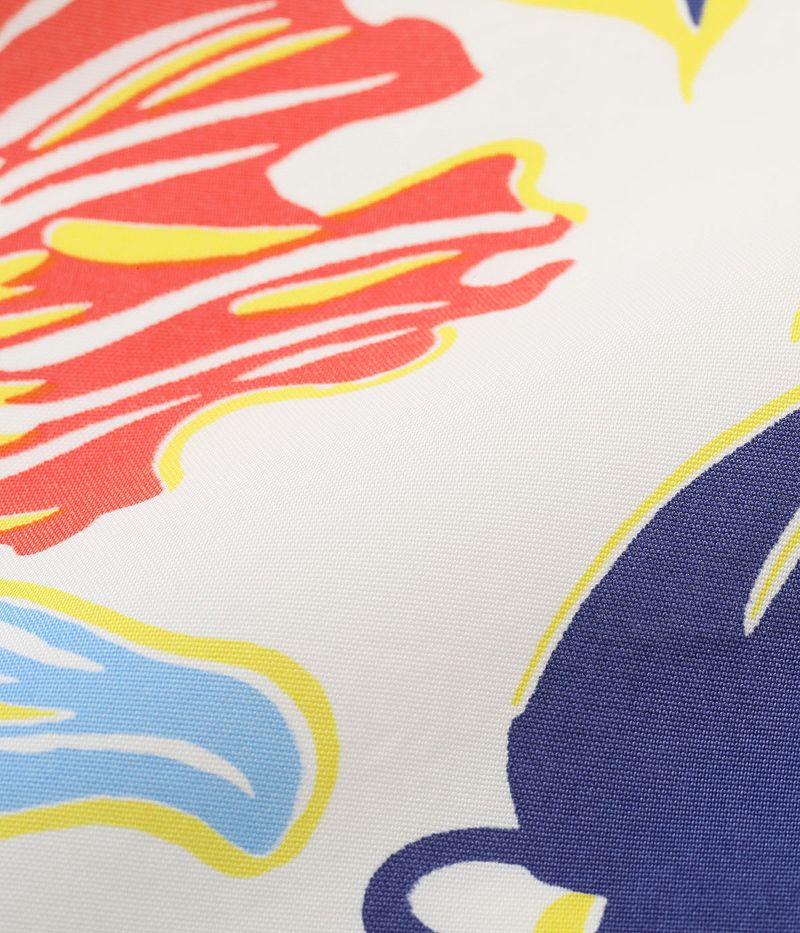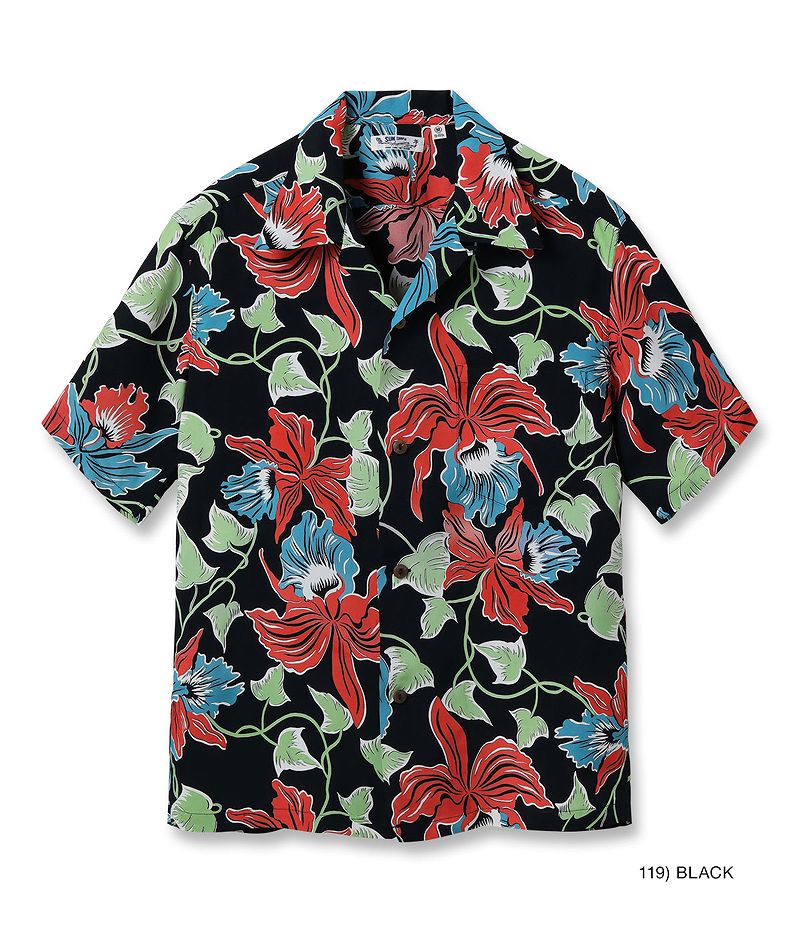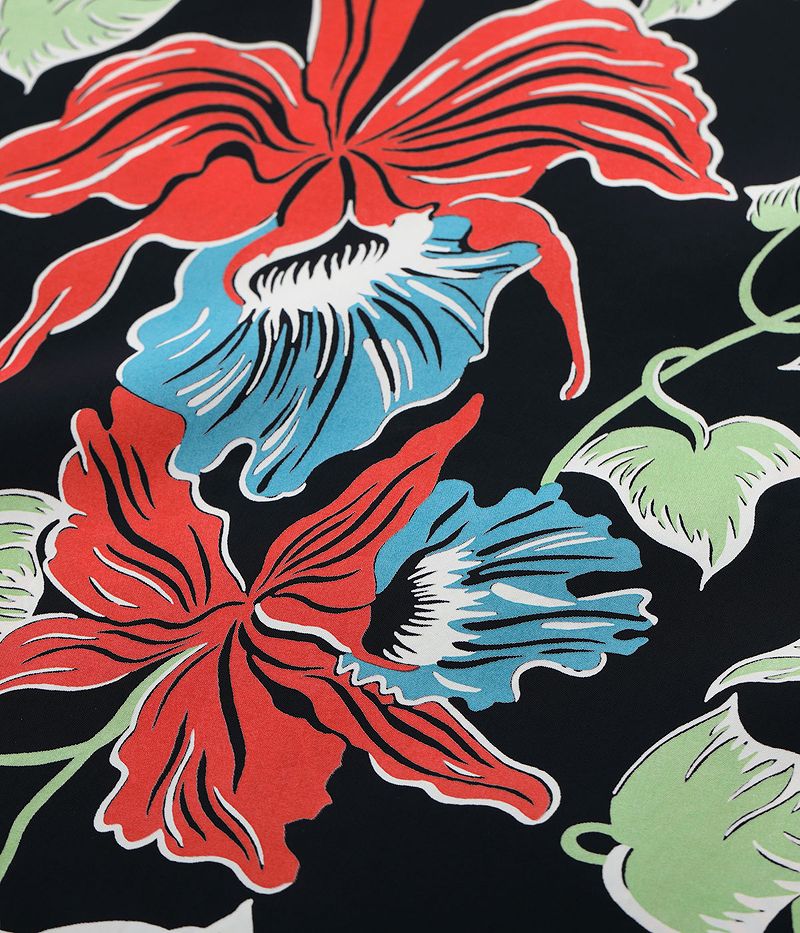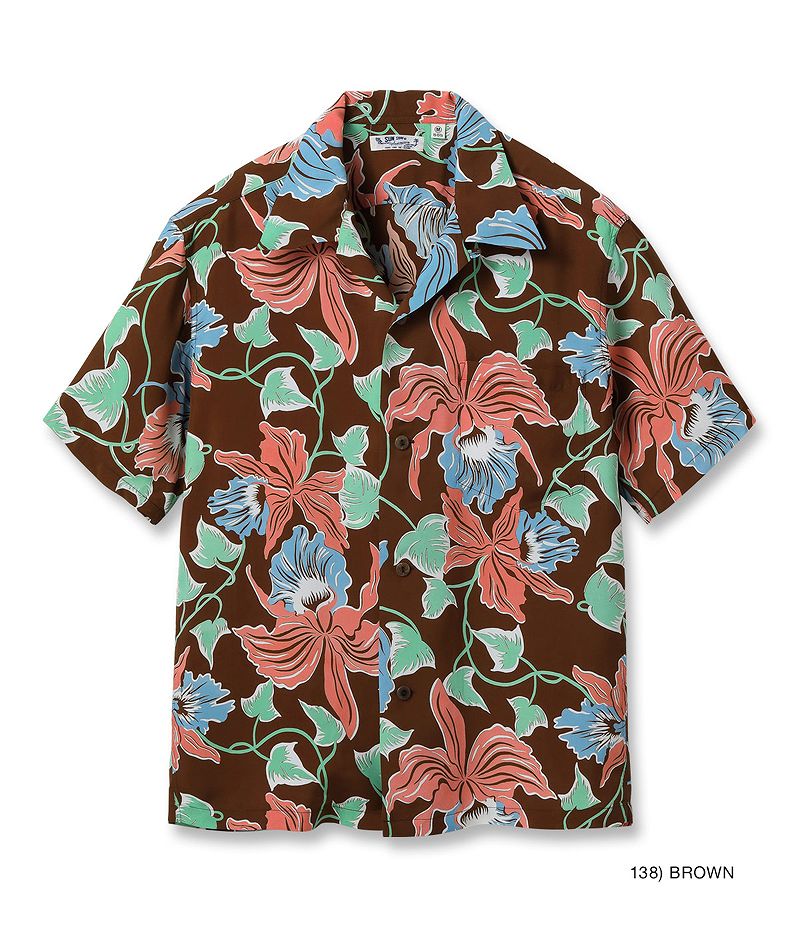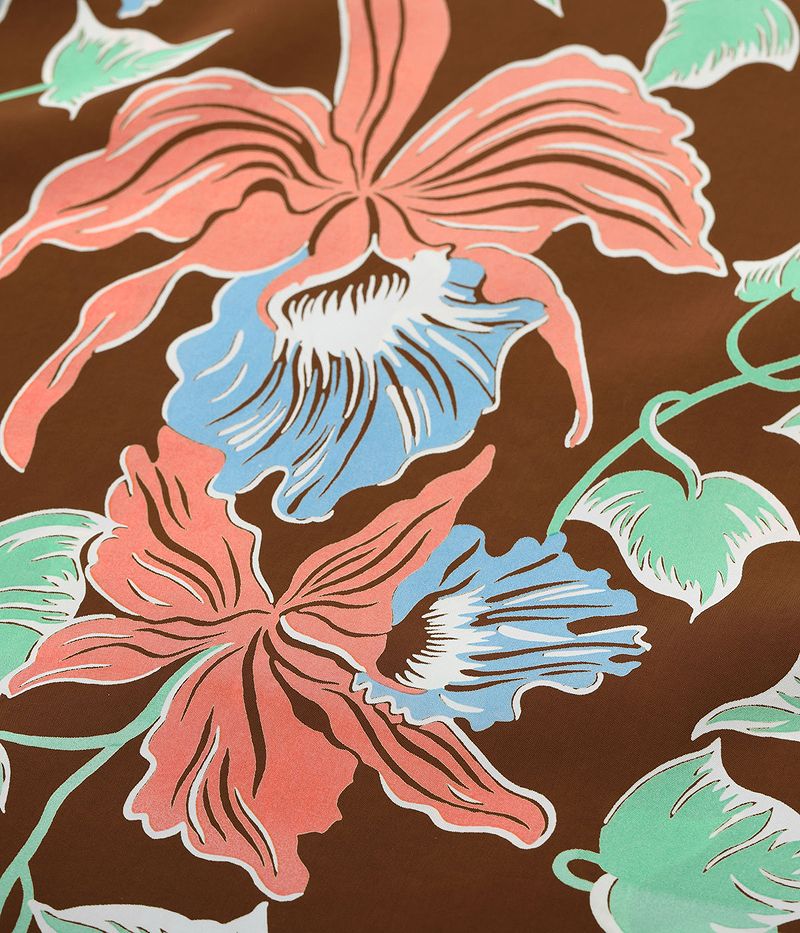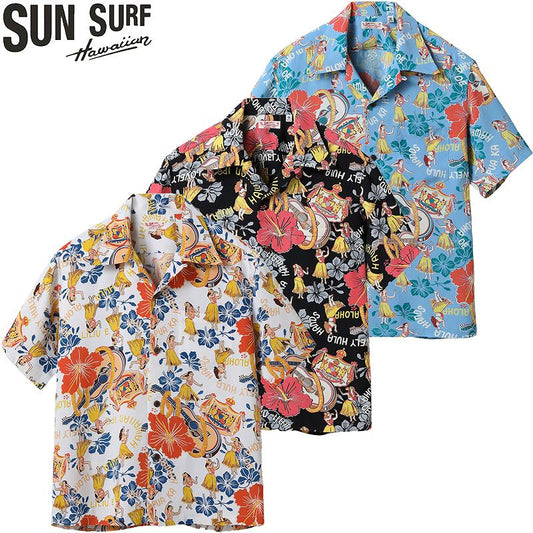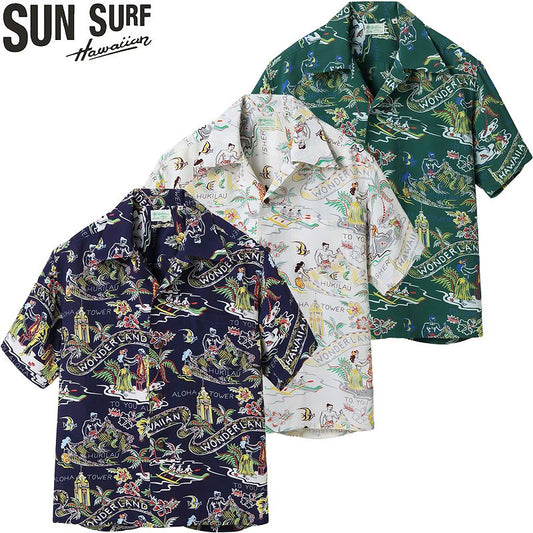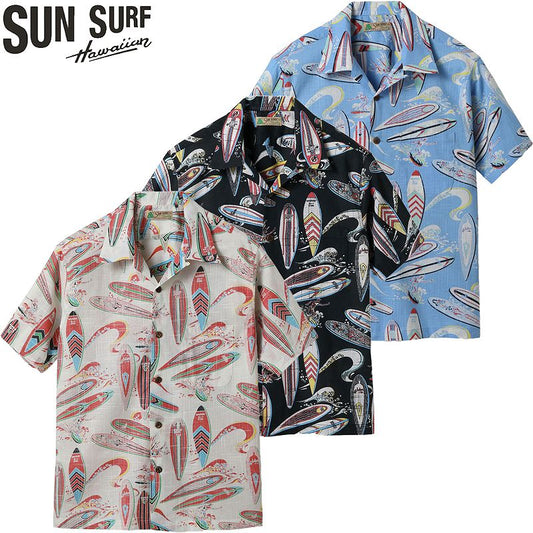Learning about the origins and evolution of aloha shirts is a fascinating journey. Sun Surf's vintage aloha shirts encapsulate this rich tradition and exceptional design, making them a perfect addition to your summer wardrobe.
The Birth of Aloha Shirts
In 1868, the first Japanese immigrants, known as "Gannenmono," arrived in Hawaii. Over the next few decades, many more followed, primarily working as laborers in the sugarcane fields. These workers wore "Palaka" shirts—open-collared, blue checkered cotton shirts inspired by the long-sleeved jackets worn by European sailors. The resemblance to the familiar Japanese kasuri (a type of traditional Japanese fabric) helped these shirts gain popularity among the Japanese immigrants. It is believed that these Palaka shirts laid the foundation for what would become the iconic aloha shirt.
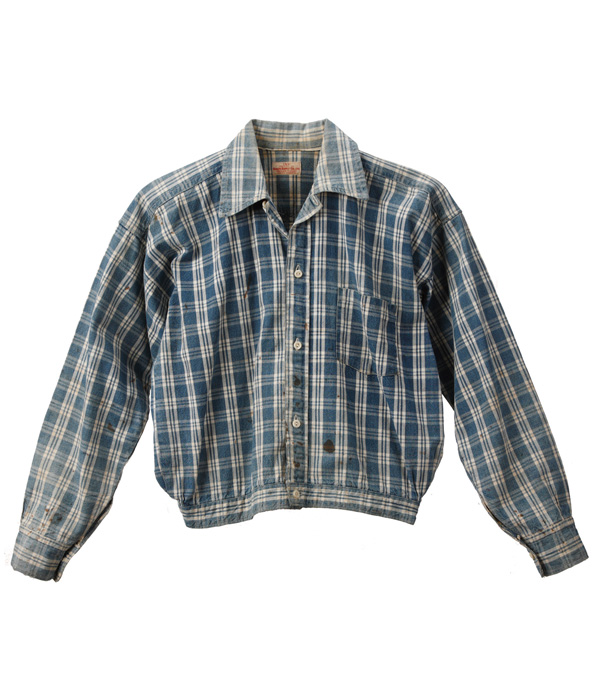
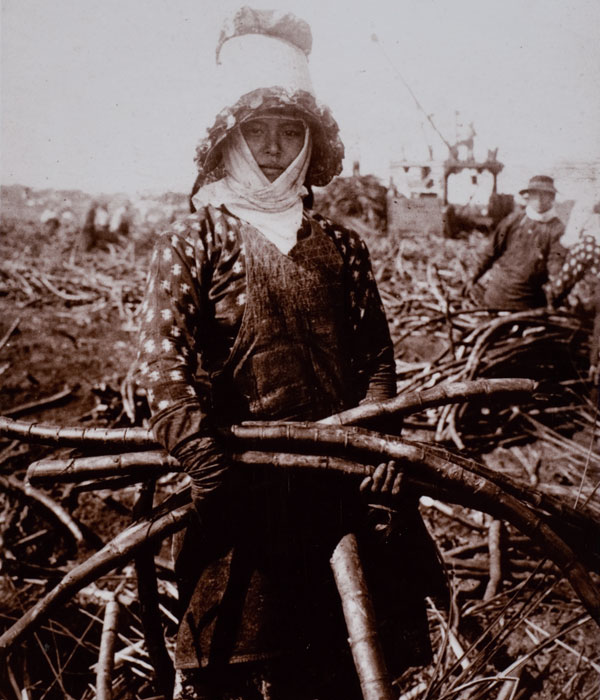
Aloha Shirts’ Evolution and Popularity
The precise origin of the aloha shirt is unclear, but the influence of Japanese immigrants is undeniable. They adapted their traditional clothing, such as kimonos and yukatas, into Palaka-style shirts for their children. These unique patterns and fabrics caught the attention of locals and tourists alike. By the early 1900s, many Japanese immigrants had moved into urban areas, establishing tailor shops and fabric stores in Honolulu. One notable store was Musashiya Shoten, which began making shirts with Japanese patterns and is credited with using the term "aloha shirt" in a 1935 newspaper ad. In 1936, the term was trademarked by Ellery Chun, a Chinese immigrant and proprietor of King-Smith Clothiers, whose aloha shirts were initially tailored by Musashiya.
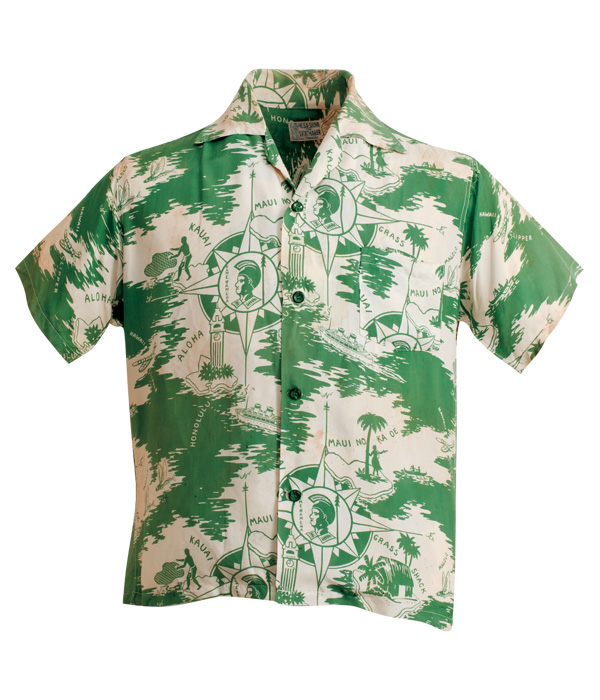
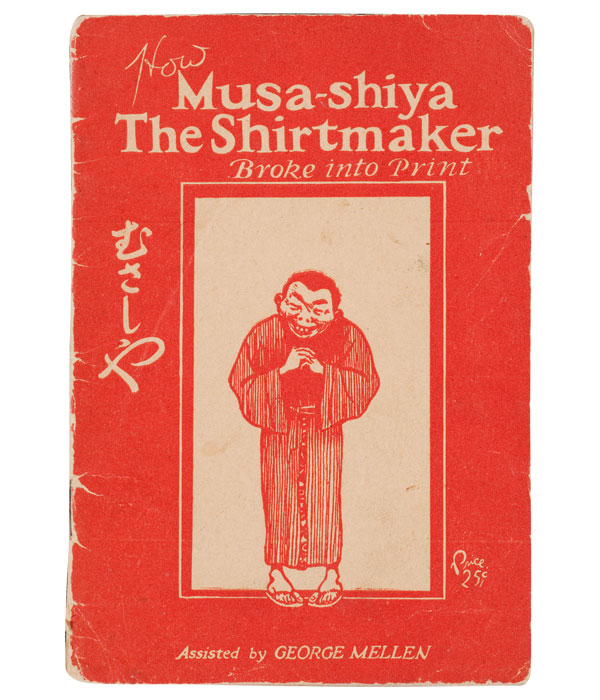
Japanese Influence in Aloha Shirts
Japan played a significant role in the production and export of fabric for aloha shirts. Even during wartime, Kyoto and Osaka were pivotal in creating both traditional Japanese designs and tropical patterns. The blend of these designs symbolizes the deep-rooted connection between Japanese culture and the evolution of aloha shirts.
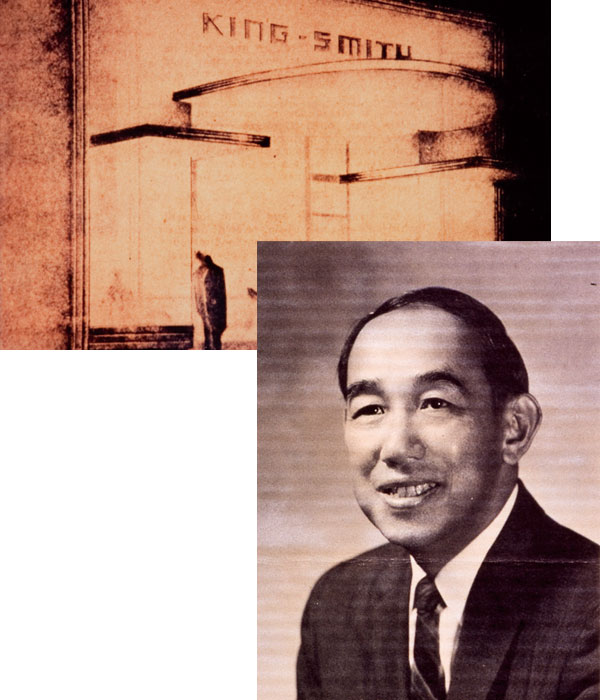
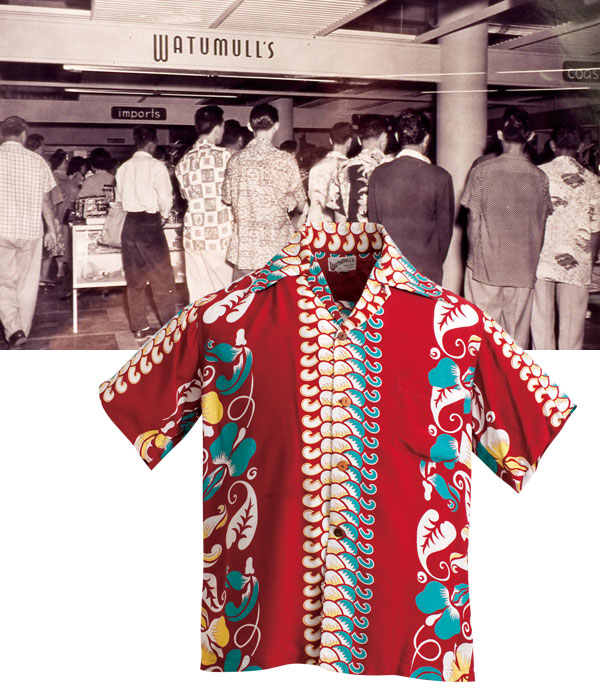
A Symbol of Hawaiian Culture
The development of the aloha shirt paralleled Hawaii's rise as a tourist destination. With the introduction of passenger ships between San Francisco and Honolulu in 1927, and the post-WWII boom in air travel, Hawaii saw an influx of tourists. This surge increased the demand for aloha shirts, leading to their mass production by both local and mainland U.S. manufacturers. Designs drew inspiration from Hawaiian nature and culture, featuring motifs like Diamond Head, hibiscus flowers, leis, and ukuleles. The 1950s saw a peak in aloha shirt popularity, with bold designs and innovative patterns like the horizontal and back panel prints.
(Learn More about Aloha shirt designs and patterns)
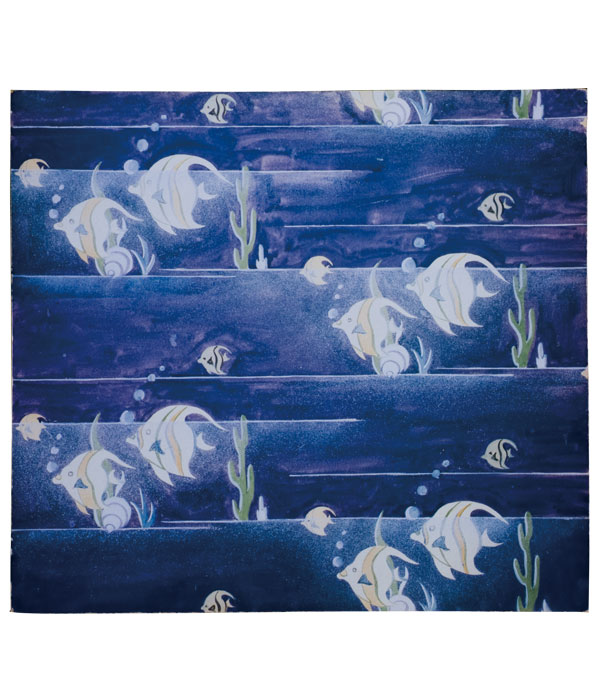
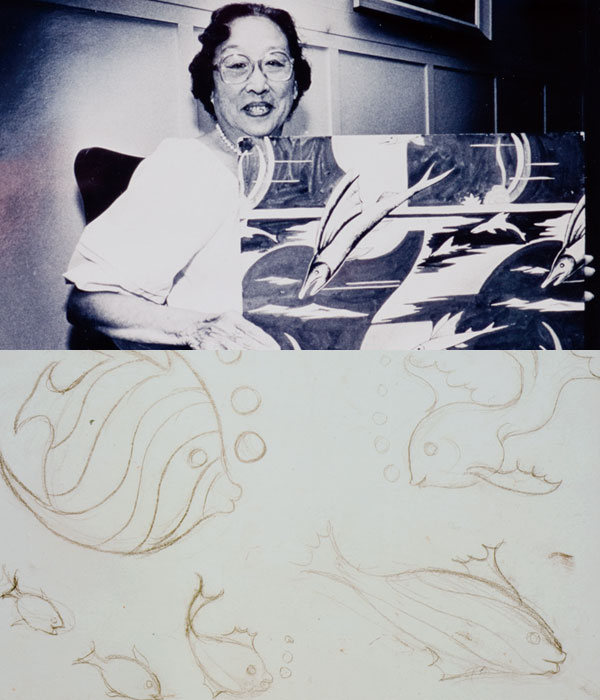
The Legacy of Aloha Shirts
The history of aloha shirts is a rich tapestry woven from various cultures. They not only represent the spirit of Hawaii but have also become a global symbol of leisure and tropical style. Noteworthy designers like Ethel Chun and John Meigs left a significant mark on the legacy of aloha shirts. Ethel Chun, sister of Ellery Chun, contributed designs like the "Malolo" (flying fish), while John Meigs was known for his "Gauguin Woodcut" print inspired by the works of Paul Gauguin.
Today, aloha shirts continue to inspire designers and enthusiasts worldwide, embodying the "Aloha Spirit" and connecting people to Hawaiian culture.
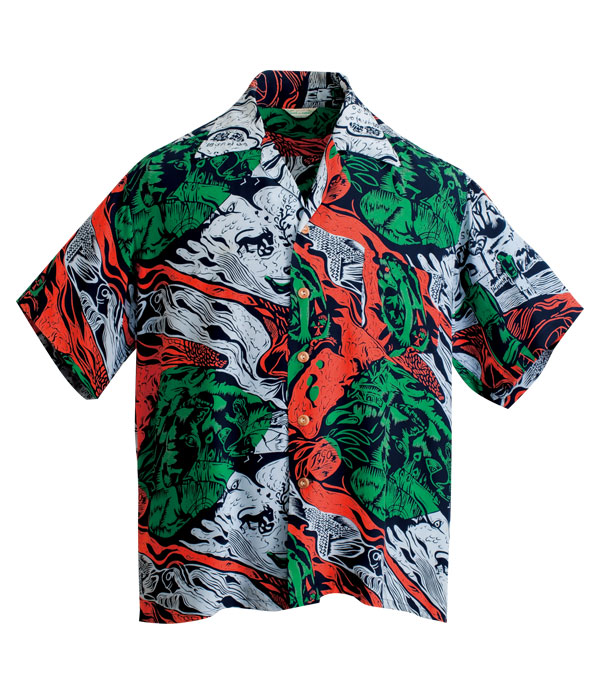
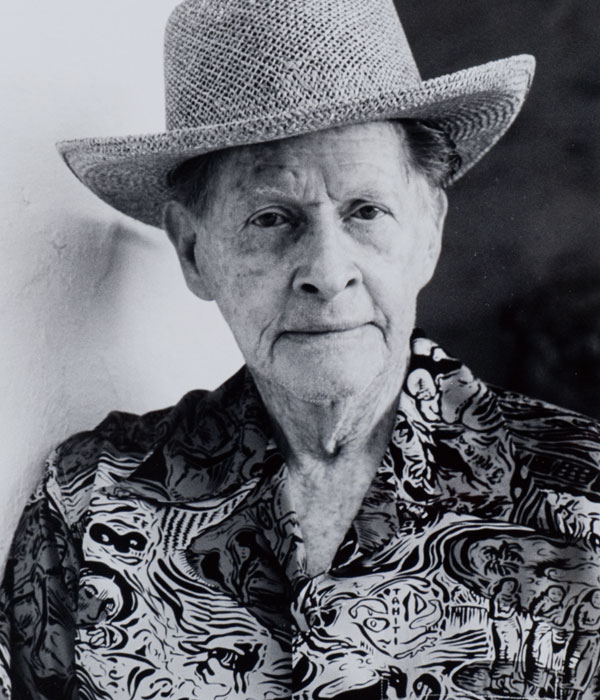
Spreading the Aloha Spirits of "Wearable Postcards", Worldwide
Aloha shirts became a staple in American pop culture, worn by celebrities and featured in films. Duke Kahanamoku, an Olympic gold medalist and Hawaiian ambassador, popularized the shirts across the U.S. His brand was prominently worn in the 1953 Academy Award-winning film "From Here to Eternity." Elvis Presley further boosted their fame by wearing an aloha shirt in the 1961 movie "Blue Hawaii."
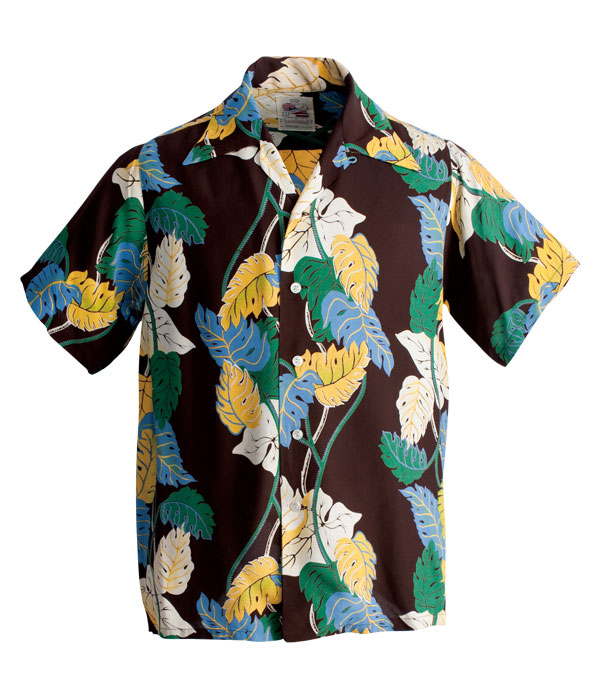
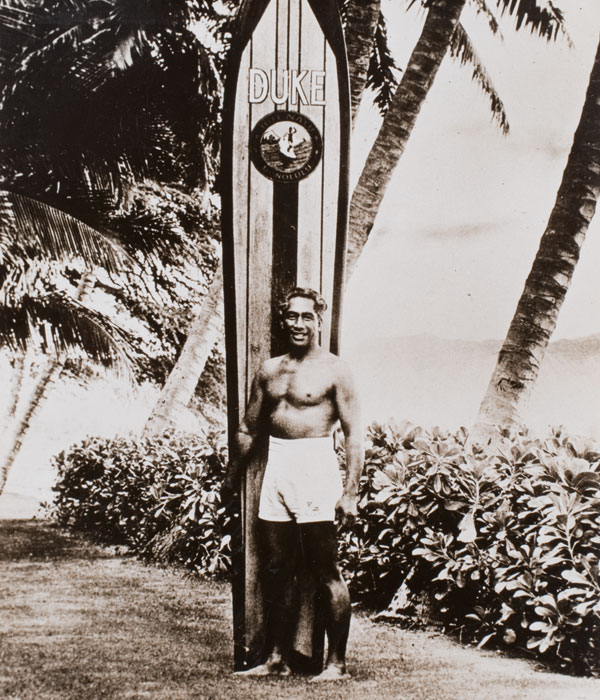
Another significant moment for aloha shirts in film history was Elvis Presley wearing a "Tiare Tapa" aloha shirt in the 1961 movie "Blue Hawaii." Other celebrities, like Bing Crosby, also embraced aloha shirts, helping to spread the Hawaiian image and presence across the U.S. and the world.
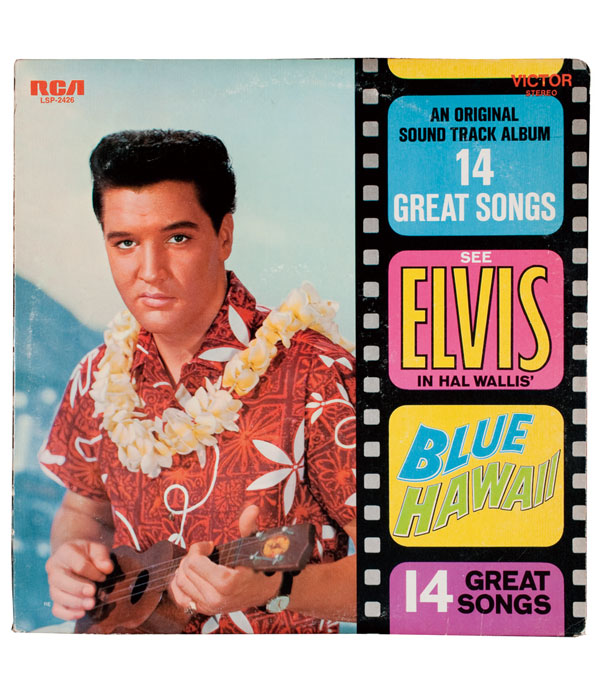
***
With such a historical and cultural background, Sun Surf's vintage aloha shirts are not just fashion items, but works of art that fuse Hawaiian and Japanese culture. Please check out the " A thorough explanation of the appeal of Sun Surf aloha shirts! " page to see SUNSURF's commitment to aloha shirts.

![アロハシャツの起源と歴史 [SUN SURF]](http://klaxon-store.com/cdn/shop/articles/b66c4e3c233531fc955612b48e5f87c7.jpg?v=1722474301&width=1100)

